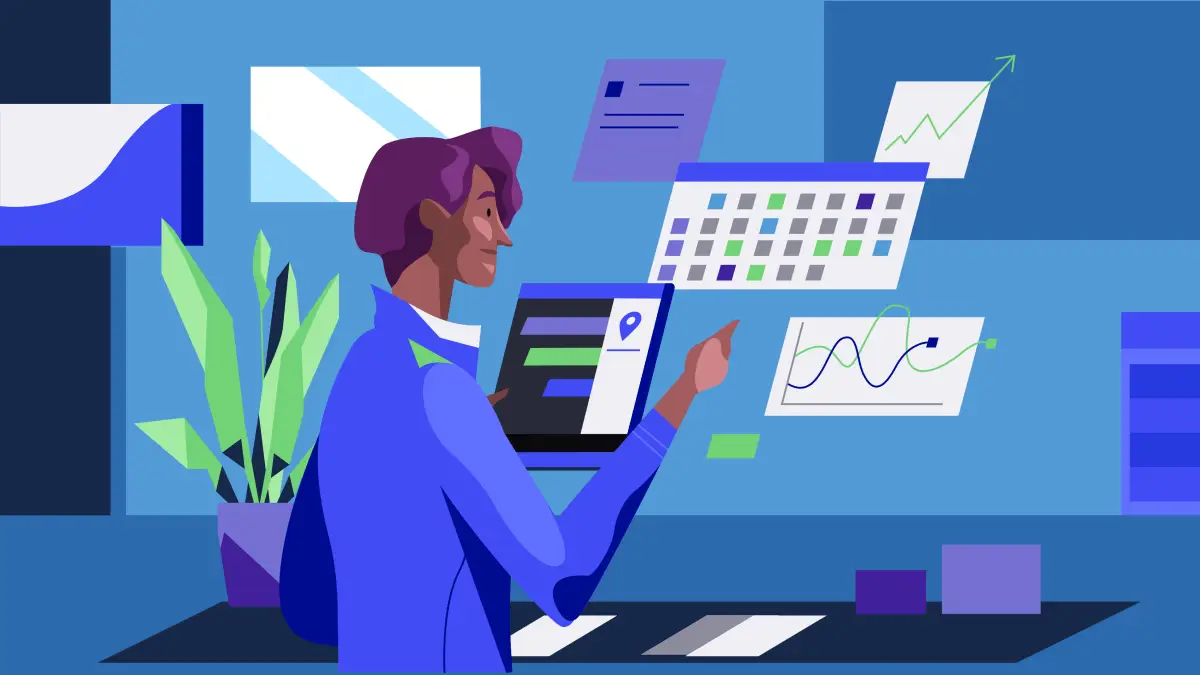You told us that it would be helpful to manage your memberships in one place, especially when offering different membership levels or payment cadences. You also shared that it can be hard for clients to compare different membership benefits – whether because they’re overwhelmed by so many options or are struggling to see which benefits are the best fit for their needs.
Say hello to all-new Tiered Memberships!
Keep your Balance with the Payment Allocations Report

Keep your Balance with the Payment Allocations Report
In this edition of The Huddle, we’re talking about the Payment Allocation report…and how incorporating one simple export from the report into your daily workflow can save you an enormous amount of time and money in the long run. But first, a personal anecdote.
I played volleyball in college. As a collegiate athlete, there are a number of important activities to juggle, and dropping the (literal and figurative) ball can result in big problems. For example, before a big game my freshman season, I realized I had forgotten to pack my away jersey. This small slip-up in my daily task list created an issue that could have been avoided, and while ultimately this predicament was solved by our equipment manager, it took unnecessary time and energy.
As a business owner or operator, there are many daily tasks you are required to keep track of. And with the excitement that comes with running a sports and fitness business, those small tasks may occasionally get pushed to the wayside.
Some tasks are okay if held off until the next day.
Others – like checking your cash drawer (and in my case, packing the correct jerseys) – absolutely must be done.
Why is this Important?
As a business, checking your cash drawer daily is considered a best practice. Why?
- When your cash drawer isn’t closed daily, your books can become unbalanced, leading to time consuming, tedious tasks to figure out where the error occurred.
- Money could be missing whether through theft, giving out too much change, failed payments, etc.
Within Upper Hand, the Payment Allocations Report serves as a simple way to close out your cash drawer for the day, ensuring that you avoid spending costly time and money to fix any errors.
WHAT: A full record of all money your business has collected during a specific timeframe
WHY: You can discover many uses for the Payment Allocations report. Here are just a few:
How to use the Payment Allocations Report
Close your cash drawers each day
Each morning, evaluate your cash drawer from the previous day. Say you have $1000 at the start of the day. At closing, remove the amount that you started the day with, run your payment allocations report for that specific day, and your profit should equal what is in your cash drawer.
Tip: See our video to learn how to change the payment allocations report from cents to dollars.
Evaluate Coupon Code Performance
Have a coupon code running for customers? Run the payment allocations report to see how often your coupon codes have been utilized, who used them, and how much money they have pulled in for your business.
Related: How to Run Successful Promotions for your Business (+ Free Template)
Month End Reporting
Export our Payment Allocations Report to a .csv file and filter the columns to see every purchase or transaction-related detail from that month. You’ll see:
- Customer name
- Product/Service Purchased
- Payment Method
- Purchase Amount
- When the item was purchased versus when it was effective
- Any taxes or fees associated with the transaction
- Coupon codes or discounts applied
There are many benefits to using the reporting capabilities built into Upper Hand’s sports and fitness software, and we hope you’ve seen the value in the Payment Allocations Report that we’ve walked through today. If you have any additional questions about our reporting capabilities and how they could impact your day-to-day, feel free to contact your account manager or reach out to our support team!
Upper Hand is what studios, gyms, and academies use to grow their business. Get a demo today.
Share Article
Want more tips and resources delivered right to your inbox?
Learn more about Upper Hand’s new Marketing Campaigns feature, and how you can incorporate it into your sports business.